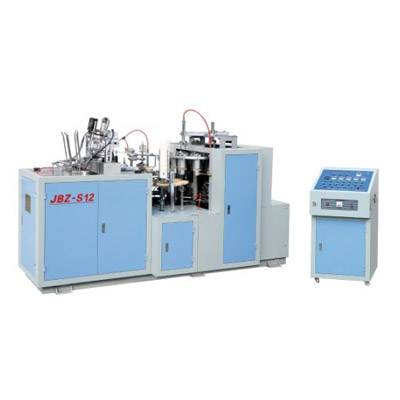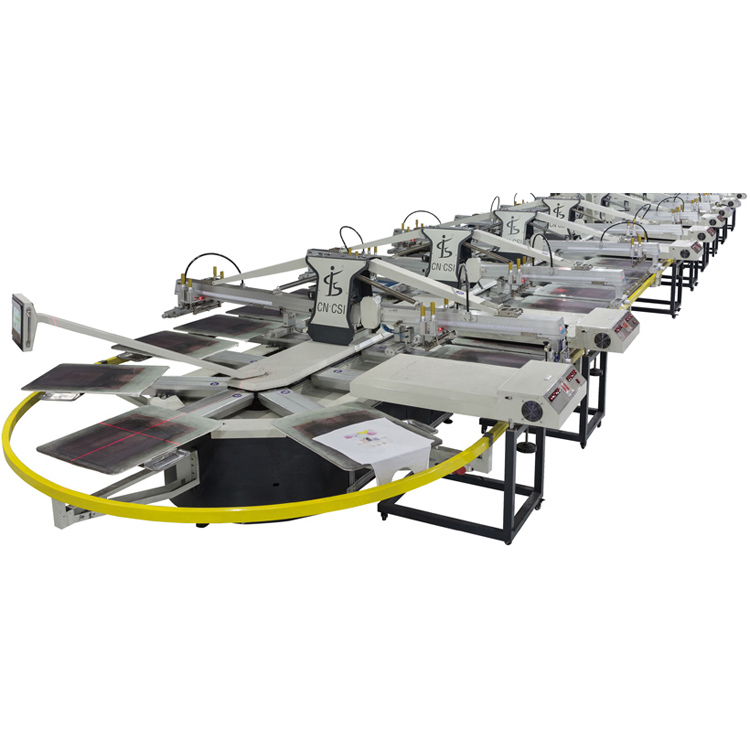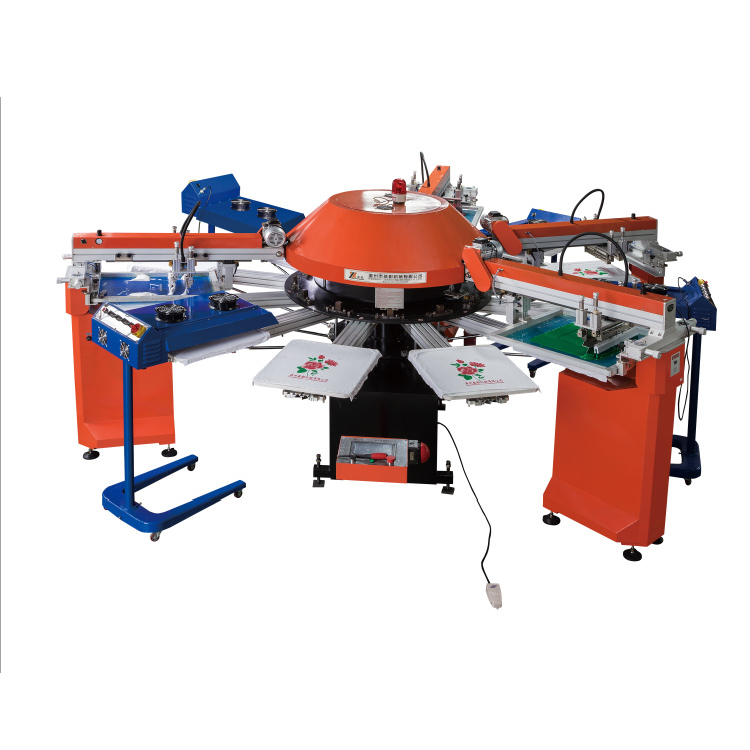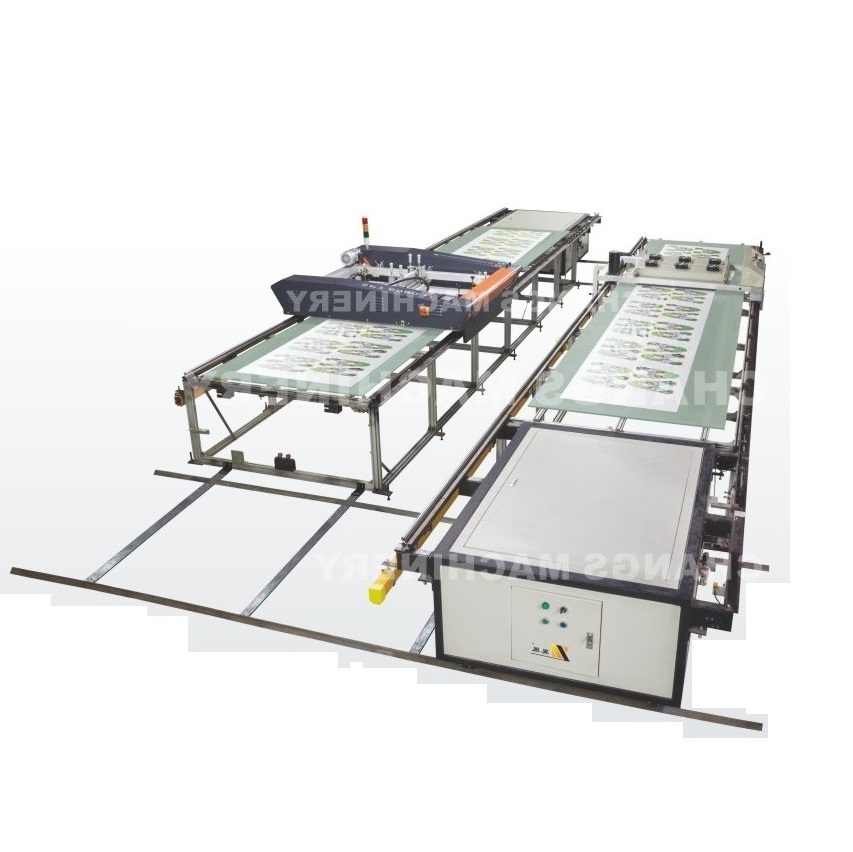Features of paper cup-making machine:
1. Imported main materials, bearings, and torque are wear-resistant, and suitable for long-term high-speed operation.
2. Imported motor frequency regulator and electrical control components, computer program control frequency converter, and stepless speed regulation. And specially designed photoelectric detection, and fault alarm functions. The electrical performance is stable and the service life is long, especially suitable for the unstable voltage situation in our country.
3. Key components such as the gearbox, transmission shaft, clutch mold, and control system are trouble-free and maintenance-free.
4. The high-quality stainless steel table shell and contact parts are used, which are clean, anti-bacterial, anti-seismic, anti-pollution, wear-resistant, and anti-aging.
5. Automatic paper feeding, sealing, oil filling, and bottom flushing.
6. Automatic constant temperature heating, knurling, curling, convex rolling, unloading, etc.

Printing has been passed down to the present. With the rapid development of science and technology, people have chosen various printing methods because of the needs of their work. Different printing methods are chosen by customers with different needs. The printing methods that are often used include flexo printing, Offset printing, then what is the difference between flexo printing and offset printing told by the paper cup-making machine manufacturer?
Common milk cartons are flexo printing products. Flexo printing is a direct printing method. It is called flexographic printing because of the use of elastic and raised image printing plates. It has thick ink layers, consistent ink colors, and is easy to be processed. The characteristics of integration are thus widely adopted. The vast majority of books, periodicals, albums, and packaging boxes are offset printing products, offset printing belongs to flat printing, such as handbags, newspapers, books, and so on. To put it simply, it is a way of copying and pasting the pictures and texts to the substrate by using the carrier rubber cloth. Rubber cloth plays an important role in offset printing. This is the most important difference between flexo printing and offsets printing.
Paper cup-making machine manufacturers will tell you the difference between flexo printing and offset printing: the printing methods are different, flexo printing is convex printing, offset printing is flat printing, and offset printing needs a carrier rubber cloth. The scope of the application is different.
1. Reproducible color value range. Offset printing is 1% to 99% (or 2% to 98%), and flexo printing is 3% to 95%.
2. Network expansion (at 50%). Offset printing is 15% to 20%, and flexo printing is 30% to 40%.
3. Number of screen lines. Offset printing generally has a maximum of 175 lines/inch, while flexo screen lines generally do not exceed 150 lines/inch.
Preparations before starting the paper cup machine and work precautions during production
1. After the preparation work is completed, when the motor is about to be started, it is necessary to yell "start-up" and the motor can only be started when there is no response. (This is to prevent the operator from seeing and causing unnecessary safety accidents when the mechanic is repairing on the opposite side or behind the machine).
2. Carefully observe the machine's operating conditions, take a cup to check the bonding effect of the paper cup, preheat, main heat, and whether there is yellowing at the knurl or damage to the paper cup.
3. Check the bonding effect of the bonding place, whether there is any indirect defect, the bonding firmness of the bottom of the cup, and whether the bonding is suitable for tearing and fluffing. allow.
4. In normal operation, if you find or feel that there is something abnormal about the machine, you should lift the cup body away first, and then stop the machine for inspection after the last cup has passed the knurling.
5. When restarting the machine after an unexpected shutdown for a long period, take out the fourth and fifth disks and check whether the knurled parts are bonded.
6. The operator of the paper cup machine pays attention to the shape of the cup mouth, cup body, and cup bottom at any time during normal production, and checks the bonding, size, and appearance of the cups from time to time or checks one by one.
7. When the staff concentrates on the operation, if there is an abnormal sound or the bottom of the cup is not well-formed, they must stop the machine immediately for inspection to prevent greater losses.
8. The operator must be serious and responsible in the production process and test the cups produced by himself with boiling water once an hour, 8 cups each time.
9. Before the operator seals the carton, the number of small packages should be randomly checked. After the random inspection is correct, cut out the product certificate or product pattern and paste it on the upper right corner of the left side of the carton, and fill in the job number and production date in the box. Finally, the boxes are sealed and stacked neatly in designated locations.






